The Hyundai Kona is on the fast lane in Malaysia. First previewed at KLIMS in 2018, it wasn’t until two years later that the B-SUV was launched by Hyundai-Sime Darby Motors (HSDM), in late 2020. Coincidentally, three days later, the Kona facelift was announced internationally.
But HSDM wasted no time and brought in the 2021 Kona just a few months after it hit the roads in Europe, the model’s main market. First was the 2.0L NA version (base and Active) in April, and then came the 1.6 Turbo and N Line in late July. Next up is the Kona Electric in Q4 2021. The EV would make it five variants in our market, which is rather astonishing for what will be a niche contender.
Such pace isn’t common in our market, and to make it more impressive, it was all done with Covid and on-off lockdowns in the background, a period where many simply hunkered down. Making up for lost time is putting it lightly. Perhaps the best variant to represent the approach is this – the facelifted Kona N Line in the unmissable Surfy Blue colour. This car is unconventional, and fast.
Fast and flashy
The 2.0L NA Kona is a sprightly performer, using an engine size that larger SUVs make do with as a base. But this turbo version is on another level – the Smartstream 1.6 T-GDi engine packs 198 PS and 265 Nm of torque from 1,600 to 4,500 rpm. Compared to the pre-facelift 1.6T, this one gets Continuous Variable Valve Duration (CVVD) and 21 PS more. The advantage over the 2.0L is 49 PS and 85 Nm, plus a turbo’s low end punch.
Paired to a seven-speed dual-clutch transmission, the front-wheel-drive Kona 1.6T does the 0-100 km/h sprint in 7.7 seconds. That’s two tenths faster than the old Kona Turbo and the Proton X50 Flagship. One second away from hot hatch territory, the Kona 1.6T is the fastest and most powerful B-segment SUV in Malaysia.
The N Line looks very different from the regular Kona Turbo, but it’s no faster – the engine is the same. What’s different is the face. The N Line’s exclusive front end is more similar to the original Kona’s, with the emblem in the grille and (fake) letterbox vents above it. Below, you’ll find an aerodynamic lip with low-lying corner fins plus larger and “more technical” air intake features.
The N Line also does away with 4×4-inspired cues such as the black cladding and skid plate-mimicking trim at both ends of the car. The rear bumper has a prominent diffuser and there are twin pipes on one side. Looks wise, this is very close to the full cream 280 PS/392 Nm Kona N, save for a few details such as the real N’s wild spoiler and single big pipe on each side. Lastly, the N Line gets 18-inch alloys with a dedicated (and complicated) design.
Not very furious
Does the Kona N Line’s tasty on-paper performance translate to real world satisfaction? It depends on your expectations and where you’re coming from. Here’s a tip – it’s tempting, but don’t view this as a hot hatch in the vein of a Volkswagen Golf GTI. The Hyundai i30 N is even further away in character.
The Kona Turbo has more power and pace than one would expect from a mainstream small SUV, and that’s a good thing to have in the pocket. With a punchy mid range, passing other vehicles is a breeze, you’ll get to the highway limit in a few blinks, and the Kona is relatively quiet and very stable even when you’re in the final third of the speedo.
For me, this level of pace is a cool novelty in small crossover, although the engine doesn’t sound sporting or characterful when pulling. That’s not a problem, merely an observation, but I’m not fully with the 7DCT’s decision making – there’s occasional hesitancy when you get back on the power, say after slowing down for a corner. One such corner is the final one before I reach home (an uphill left), so I didn’t have to go flaw hunting.
I also found the engine braking to be rather excessive on declines; hanging on to a lower gear introduces more noise and resistance. Once again, this is my daily drive to the shops and not some touge route. Quirks aside, the DCT is mostly a good partner to the 1.6T, even if it isn’t as lightning quick as a GTI’s DSG. Still, the performance is there.
By the way, the above observations are in Normal mode. There are also Eco and Sport modes (the latter has a rather cartoonish red meter theme) as well as steering shift paddles. I rarely use those things, though.
Car-like, is that a good thing?
The Kona is a Euro-centric model, and it shows in the drive. The ride around town is on the firm side, but it never gets too uncomfortable. The plus side is a very steady and planted gait at high speeds. The steering is light and easy for daily use; it’s rather quick too, although lacking in grainy feel that absolutely no one expects in an SUV.
Overall, the dynamics is within expectations, given that the Kona is essentially a European car, the sporty brief of this variant, and the relatively large wheels. It has more grip that most will need too, although there’s no hint of the “come on, drive me harder” vibes that emanate from the i30 N, another reminder that this ain’t no full-blooded driver’s car.
What stood out more for me was the Kona’s height, or rather the lack of. “Car-like” is one of those cliches you find in SUV reviews, but I personally think that’s outdated, simply because most SUVs are car-like to drive these days. Even so, the Kona drives very much like a regular hatchback for me, and that’s before I looked around at the traffic lights. Parked next to a Perodua Ativa, the window line difference is significant enough for me to look up.
Like a regular hatchback with the trappings of an SUV, the Kona reminds me of the Lexus UX. Once again, this can either be a plus or negative point – if you’re looking for a high perch, there are plenty of regular-shaped SUVs around. The Kona? It’s truly car-like to drive, albeit a rather wide one for its class.
A sobering thought
If I did not know this car, I would have been shocked by its interior. Shocked to see how sober it is, after the wild exterior design that’s on par with the original Nissan Juke for unusualness.
Our Kona N Line comes with a black-on-black interior theme: it’s pitch dark from the headliner to the carpet, with just a sprinkle of red in the stitching and AC vents, and two small N logos for garnish. Even without the extrovert exterior for contrast, this is a very drab cabin.
We’ve heard it countless times from carmakers, and it’s true that Malaysian carbuyers are a conservative lot with a penchant for safe (read dark) colours when it comes to interiors, but I would think that someone choosing a Kona over an X50 or Honda HR-V isn’t the typical Malaysian carbuyer. Even an Ativa has bigger splashes of red.
You might be thinking that all-black cabins are quite common, and you’d be right, but usually there are some variations in tone/texture and more bright bits – here, even the door handles are in plain black, which means there’s no distraction from the hard plastics (except for the horizontal passenger-facing piece, not a big issue for me) and slightly dated design. In contrast, both the X50 and HR-V have a more modern minimalist dashboard and a high centre console to create that desirable “cockpit feel”.
With that out of the way, there’s a lot that’s good about the Kona’s cabin. The seats are very comfortable – soft where you need it to be and supportive enough even though they don’t look very aggressive. There’s (electronic) lumbar adjustment too, but best of all, the two front chairs are ventilated, and this is a lovely little luxury to have in our climate. Goodbye, sweaty back!
No cutting corners
Hyundai used the facelift as an opportunity to fit in every latest feature, so the Kona is bang up-to-date in tech and safety. In fact, I struggled to think of what it might lack. Here’s the list: electronic parking brake with auto hold (replaces pre-FL’s handbrake; brake hold is another small but invaluable luxury), head-up display (screen type), Apple CarPlay/Android Auto on the factory touchscreen head unit, Qi wireless charger, auto-dimming rear-view mirror and ventilated seats (a real USP and an intentional repeat by me) are among the goodies.
The most obvious new feature is the 10.25-inch digital instrument cluster and the least obvious is the latest version of Hyundai’s SmartSense driver assist safety pack. It includes adaptive cruise control with stop and go, AEB with cyclist and pedestrian detection, lane centring assist, lane keeping assist, blind spot monitoring and rear cross traffic alert.
Leading Vehicle Departure Alert is a new feature, and it works like Perodua’s front departure alert by asking you to drop the phone and get going before you get honked. Safe Exit Warning alerts you when something is coming from behind and it’s unsafe to open the doors.
The Kona is stuffed to the gills with kit and is a very safe car. I appreciate all these ADAS features and usually leave them all on (even auto start-stop is left on, very fast response here by the way), except for lane keeping, which I feel is too intrusive in daily urban driving.
However, lane keeping assist is on by default here, which means that it’s activated every time you start the car, even if you turned it off moments ago. The Kona’s insistence meant that I had to dive into the menu each time I start the car, as there’s no physical LKA button. The process is probably around 10 presses long, but it’s most annoying when I forget the ritual and the steering tugs away at my first “misdemeanour”.
A note on space. To make it simple, the Kona is a European-sized B-SUV, which means it’s on the small side. Rear legroom is snug, and while it’s more liveable than the Mazda CX-3 at the back, the HR-V is a lounge in comparison. But the popularity of Mazda’s small SUV proves that not everyone needs the space, certainly not those stylish single lady drivers. Surprisingly, the boot is bigger than the X50’s. If you do need to ferry humans, this is a car that you’ll need to try for size.
Expensive! Really?
You know the Jackie Chan meme? That was me seeing comments that the Kona N Line is expensive. Sure, RM156,888 is no small sum, but you can’t be expecting a 200 hp CBU import from Korea (with almost every option available ticked) priced the same as a Melaka-made HR-V, can you? Even the lightly-equipped, Thai-made Toyota C-HR was RM150k a couple of years back.
In fact, I’d argue that the Kona N Line is fantastic value for what it offers, in both specs and performance. But this is not the kind of car that one buys because it’s good value. The defining factor here is the Kona’s design. Whether it’s this N Line face or the regular facelift look, people will either see crazy and ugly, or crazy but cool – there’s no sitting on the fence with intentionally oddball designs such as this.
If you’re in the latter camp, the Hyundai Kona offers a chance to stand out in a sea of Honda, Mazda and Proton SUVs (this is not hyperbole, just a mall carpark). Not only will you be making a statement, you’ll also be treated to a long list of equipment, and in the case of the N Line, performance that – unlike the design – is undebatable.
Looking to sell your car? Sell it with Carro.


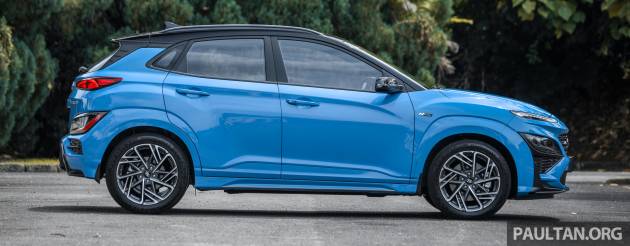


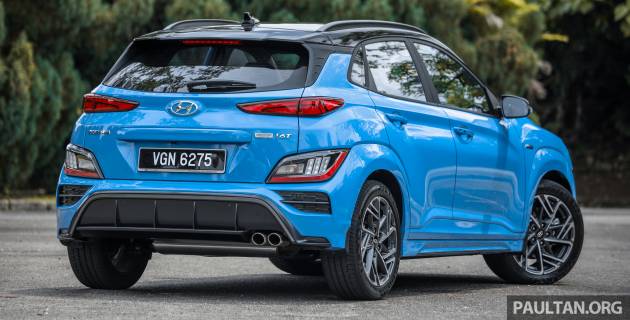
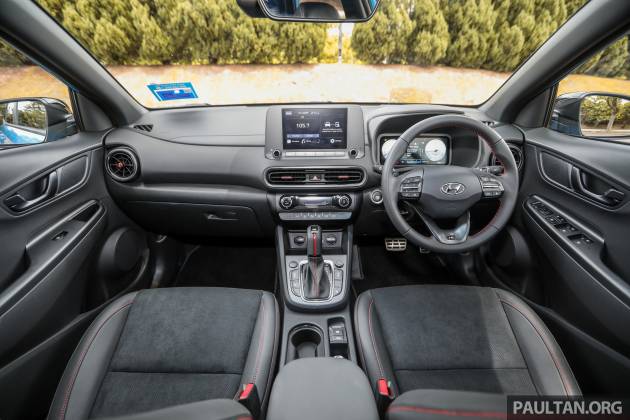










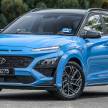
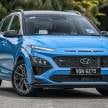
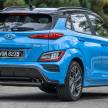
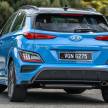
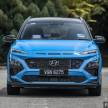
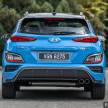
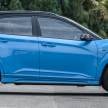
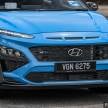
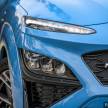
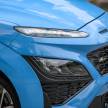
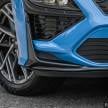
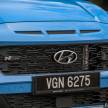
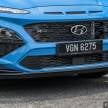
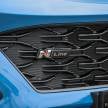
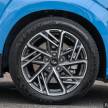
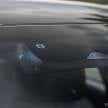

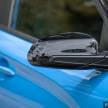
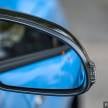
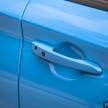
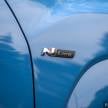
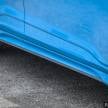
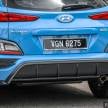
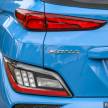
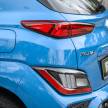
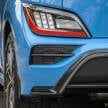
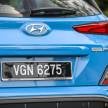
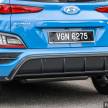
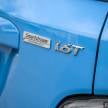
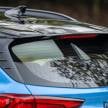
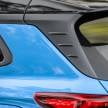
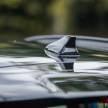
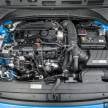
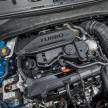
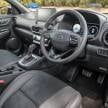
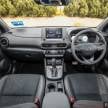
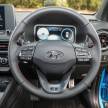
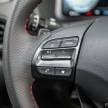
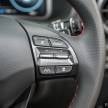
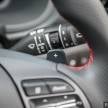
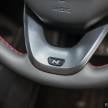
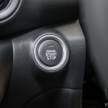
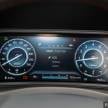
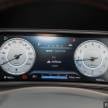
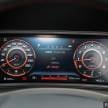
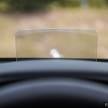
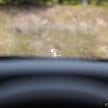
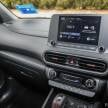
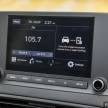
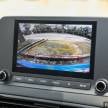
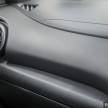
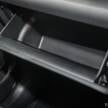
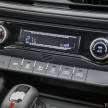
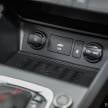
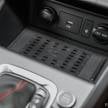
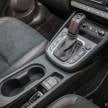
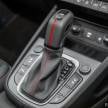
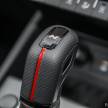
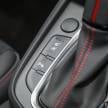
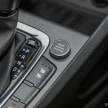
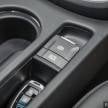
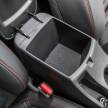
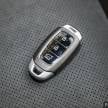
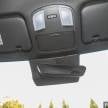
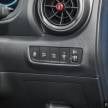
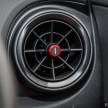
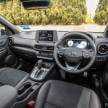
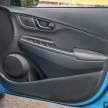
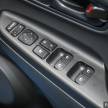
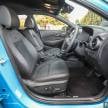
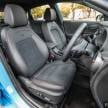
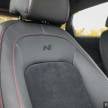
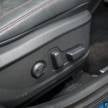

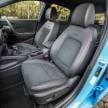
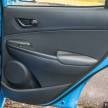
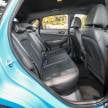
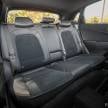
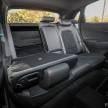
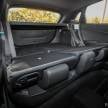
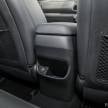
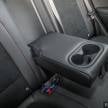
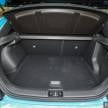
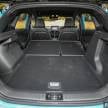
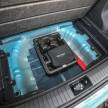










Forme, just top a little to get cx5 2.5 turbo. More spacious. Better interior design. More premium.
Do not compare sprint time with x50. Yoi will never achieve that figure for x50. You are good enough if able to get below 10secs.
this hyundai 198PS sure smoked cx5 turbo.
Too huge for some people. There is a huge market for B segment SUVs and Hyundai knows this. Even the A segment SUV space is growing.
Market is there for products with compelling prices, this is the same level as lang pun chea CHR.
When Proton cars are small & compact, writers call it cramped.
When Hyundai cars are small & compact, writers call it European-sized.
The Europeans I know are massively bigger than the average Malaysian.
So what gives? Now where did I put my JC meme face on such biased write up.
In life,biased writing can be the norm cos money is at stake.Don’t expect a fairytale ending.Grow up,dude.
There is something called ‘ethics’ in journalism but I guess we came to the grim understanding that this is a blog and not a news media outlet.
You can count it here, no want to this becoz too pricy…except who wants to make different from others
What on earth is “third half”?? Seriously paultan.org articles are appearing more and more with all the mumbojumbo and feel like trying too-hard punya vocab to try to impress…simple sikit and direct to the point can? Sometimes to get into main topic also takes up one third of the article…
their Malay articles are even worst…
On top of the original 1.6T, top-up RM10,000 for this N-Line you’ll get:
1) N-Line bodykit
2) Black roof
3) Ventilated seat (front)
4) anything else?
BID..brought in dead,DOA..dead on arrival..NIDA..Not in demand anyway
The car design looks too complicated with too many lines and too many items at the front and back. Trying too hard to be different. It’s like experiment gone wrong at the DNA lab.
why is the entertainment screen the old version? other markets have got the new version. Taking us for fools, I will never support this brand!
Well.. the bontot is still ugly. Period
buying this car is equivalent to buying a hyundai matrix with a big engine
The brand new price and after sale service is killing the hyundai brand in Msia
HSDM should launch this special ‘BTS’ Kona edition. I can guarantee waiting list more than 1 year. I’m serious.
Hey so nice!
Did you guys also check this one? https://paultan.org/2021/09/29/2021-honda-city-review-malaysia/